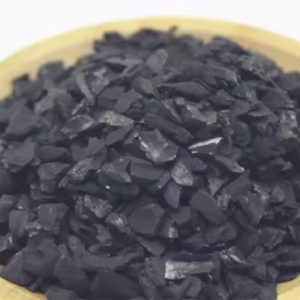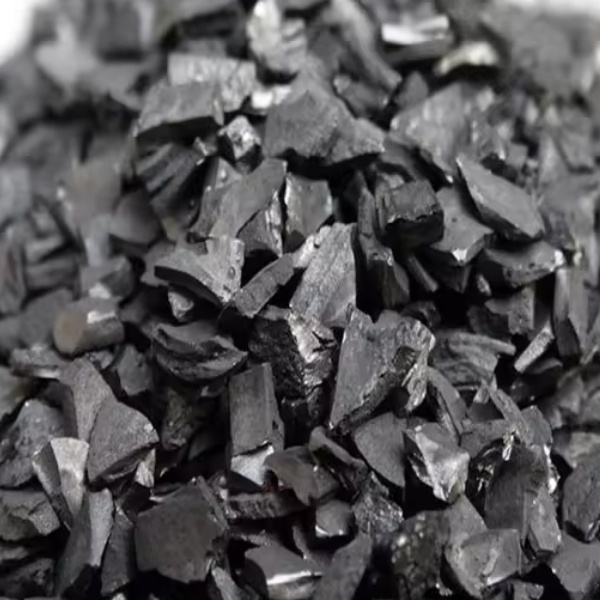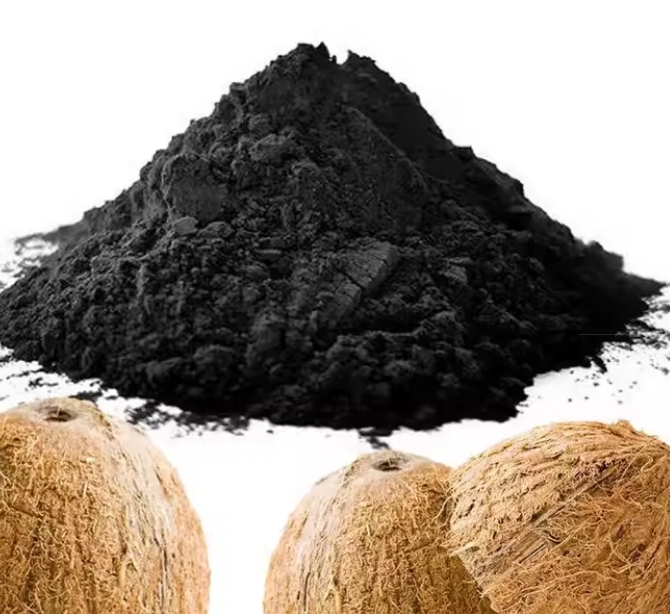Activated carbon is a material with high adsorption capacity and is widely used in different fields such as water treatment, air purification, and food processing. Coconut shell activated carbon is a common activated carbon material. Its main component is obtained after carbonization and activation of coconut shell. The working principle of coconut shell activated carbon is to utilize its highly developed pore structure and intimate microstructure, as well as its interaction with other substances, to achieve the effects of adsorption and catalytic reactions.

The preparation process of activated carbon usually includes two stages: carbonization and activation. Carbonization refers to heating natural materials such as coconut shells to high temperatures to remove impurities and volatile matter and transform them into materials with a carbon structure. Activation is to treat carbonized materials through chemical or physical methods to increase its pore structure and surface area and improve the adsorption effect.
The adsorption principle of activated carbon:
The adsorption principles of activated carbon are mainly physical adsorption and chemical adsorption.
physical adsorption:Physical adsorption refers to the adsorption of substances in gas, liquid or solution to the surface of activated carbon through the pore structure and surface tension of the adsorbent. Activated carbon usually has a highly developed pore structure, with a large number of micropores and tiny voids on its surface and pores. These pore structures can adsorb a large number of gas molecules or solute molecules. Physical adsorption is mainly caused by factors such as electrostatic interaction, van der Waals forces, and capillary phenomena on the adsorbent surface.
chemical adsorption:Chemical adsorption refers to a chemical reaction between activated carbon and adsorbed substances to form a strong chemical bond. This adsorption method usually requires the adsorbent to have certain chemical properties, such as biological activity. Chemical adsorption can usually achieve some special adsorption effects, such as catalysis and redox reactions.
Advantages of coconut shell activated carbon
Coconut shell activated carbon has the following advantages compared to other activated carbon materials:
Highly developed pore structure: Coconut shell activated carbon has a high specific surface area and abundant micro-pores, giving it higher adsorption capacity and effect.
Good hydrophilicity: The surface of coconut shell activated carbon is usually hydrophilic and has a good adsorption effect on various pollutants in aqueous solutions.
Environmentally friendly and sustainable: Coconut shell is a renewable resource, and the process of preparing activated carbon is relatively environmentally friendly and in line with the concept of sustainable development.
Application areas using coconut shell activated carbon
Coconut shell activated carbon has a wide range of applications in various fields, including but not limited to:
water treatment
Remove organic matter and heavy metal ions from water.
Removes odor and color from water.
Improve water quality and improve drinking water safety.
air purification
Adsorb harmful gases in the air, such as formaldehyde, benzene, etc.
Purify indoor air and improve human health.
food processing
Remove odors and impurities from food.
Extend the shelf life of food.
As a multifunctional adsorbent, coconut shell activated carbon has been widely recognized for its application in the above fields.



